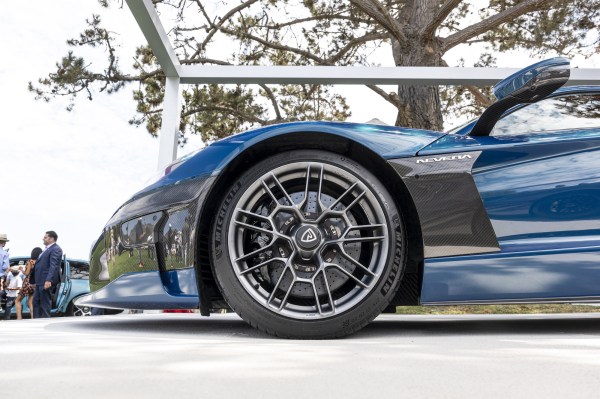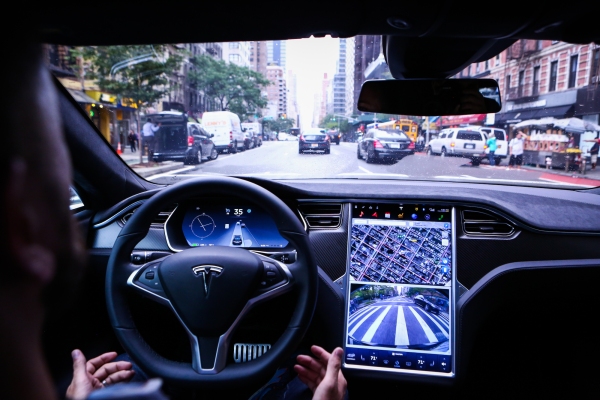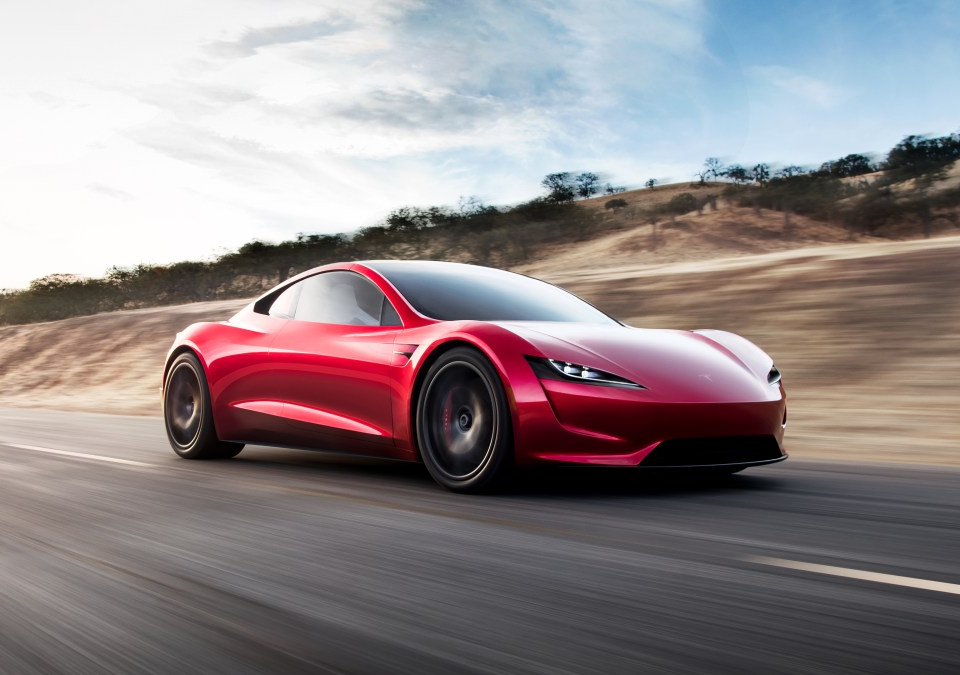
Shield AI raises $165M at a $2.3B valuation to fuel development of its military autonomous flying systems
June 11, 2022
The Station: Ford’s vision for dealerships and Rimac’s big raise
June 11, 2022
U.S. federal safety regulators have “upgraded” its investigation into Tesla’s Autopilot advanced driver assistance system after discovering new incidents of the EVs crashing into parked first-responder vehicles.
The National Highway Traffic Safety Administration said in a notice Thursday that it was expanding its preliminary evaluation of Tesla Autopilot systems to an engineering analysis. This means that NHTSA will extend its existing crash analysis, evaluate additional data sets and perform vehicle evaluations as well as evaluate whether Autopilot and associated Tesla systems may exacerbate human factors or behavioral safety risks by undermining the effectiveness of the driver’s supervision, according to the agency.
The escalation is a critical and required step before NHTSA can issue a recall. An estimated 830,000 Tesla vehicles are involved in the probe, according to agency documents.
Tesla did not respond to a request for comment.
In a statement from NHTSA, the agency issued a reminder that “no commercially available motor vehicles today are capable of driving themselves.”
“Every available vehicle requires the human driver to be in control at all times, and all State laws hold the human driver responsible for operation of their vehicles,” an agency spokesperson said in a statement to TechCrunch. “Certain advanced driving assistance features can promote safety by helping drivers avoid crashes and mitigate the severity of crashes that occur, but as with all technologies and equipment on motor vehicles, drivers must use them correctly and responsibly. NHTSA is empowered with robust enforcement tools to protect the public, to investigate potential safety issues, and act when we find evidence of noncompliance or an unreasonable risk to safety.”
NHTSA opened in August 2021 a preliminary investigation into Tesla Autopilot, citing 11 incidents in which vehicles crashed into parked first responder vehicles while the system was engaged. In those crashes, Tesla vehicles had engaged either Autopilot or a feature called Traffic Aware Cruise Control.
Most of the incidents took place after dark and occurred despite “scene control measures,” such as emergency vehicle lights, road cones and an illuminated arrow board signaling drivers to change lanes, the documents stated at the time.



